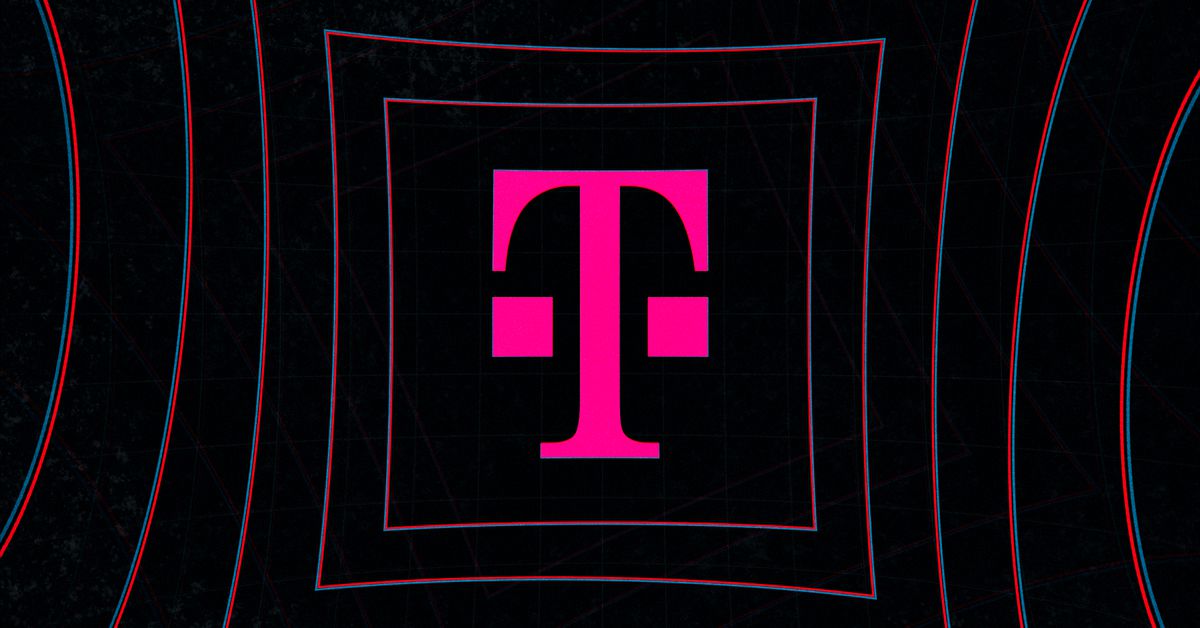T-Mobile won’t claim it has a more reliable 5G network following ad board decision
Source: The Verge added 21st Dec 2020T-Mobile has been asked to stop advertising its 5G network as more reliable than the competition by the National Advertising Review Board (NARB), which investigated T-Mobile’s claims made primarily in an ad featuring celebrity scientist Bill Nye after complaints from Verizon earlier this year.
But the NARB also says T-Mobile shouldn’t have to mention the speed of its network when broadly discussing coverage superiority in future ads. T-Mobile has said it will comply with the recommendation. But it cast the recommendations as a partial win in a statement saying it “appreciates that the panel agreed that T-Mobile can continue to advertise its superior 5G coverage without qualification.”
T-Mobile’s compliance is notable because telecom giants don’t have to follow the recommendations offered by the NARB, which, as a self-regulatory body under the umbrella of a nonprofit organization, has no governmental regulatory power. For instance, AT&T flatly ignored a request it stop using its misleading “5G E” logo to reference a superior form of 4G.
Today’s decision from the NARB breaks partly with the recommendation from the National Advertising Division (NAD), the other half of the self-regulatory body that oversees telecom advertising in the US. (The NARB is the appellate division, designed to settle disputes that arise when a company appeals a recommendation, as T-Mobile did.) The NAD ruled in August that T-Mobile should have to disclose the speed of its network when claiming its 5G network offers superior reliability. T-Mobile appealed, kicking the decision to the NARB and resulting in a slightly more favorable outcome for T-Mobile.
The video in question, one of a few starring Nye after he was hired by T-Mobile to be a king of 5G spokesman for the brand, features claims from Nye that Verizon’s 5G coverage, because it’s based on mmWave technology, has abysmal range equivalent to about the size of a bus stop. T-Mobile, because it was using much slower but more reliable low-band 5G, said its network had more reliable coverage while also making claims about superior reliability when compared to 4G.
“Other carriers have 5G signals that drop if you move two feet. That’s because their 5G is based around millimeter wave, otherwise known as high band. For instance this is how far 5G reaches with our carriers,” Nye says in the video, showing a small red circle around an outdoor bus stop filled with mannequins. Nye then shows how moving the arm of one of the mannequins holding a smartphone from within the red circle to outside it would switch coverage from 5G to 4G.
The NARB says T-Mobile should “discontinue claims and an accompanying demonstration that imply that other carriers’ 5G coverage is so limited in any area as to cover only the space taken up by a single bench.” The board also recommended T-Mobile “discontinue claims that imply that its 5G service is generally available in locations that have traditionally been challenging for cellular service” unless it’s willing to say what speeds it can achieve in those locations. Lastly, T-Mobile can’t imply that its 5G coverage is more reliable than 4G coverage, either its own or that of competitors’ networks.
Here’s a more in-depth explanation from the NARB as to how it came to the conclusion that T-Mobile’s claims were misleading:
The NARB panel determined that T-Mobile’s express reliability assertions would be understood as comparing its 5G network to 4G networks, and that this message cannot be supported based on coverage, as T-Mobile’s 5G network does not equal or surpass its own 4G coverage or that of competitors. Further, the panel concluded that, in context, the claim that T-Mobile’s low-band 5G signal is more reliable than competing 5G signals should be evaluated with at least some insight concerning network performance beyond coverage. Because T-Mobile offered no such support for its 5G network reliability claims, parity or otherwise, the panel recommended that T-Mobile’s 5G reliability claims be discontinued.
Much of this is semantics-based arguing that arises as a result of just how messy and confusing the 5G rollout in the US has been. Because 5G has been distributed across different wireless bands, each with its own trade-offs between coverage and speed, the major US telecoms have gone to great lengths to cast their own networks as superior to the competition. This often coincides with the same ads trying to mask the complexity of what type of 5G is being delivered and just how materially different from 4G it is.
This has led to quite a few advertising disputes between the major telecoms, with T-Mobile and Verizon sniping at one another in ads and in complaints to bodies like the NAD / NARB. By the time most consumers are actually using 5G, which requires they have a newer phone and live in an area with reliable coverage, most of these pointless ad squabbles will likely have been forgotten.
But that won’t stop these corporations from nitpicking one another’s advertising spots for any little discrepancy they can find, nor will it stop those same companies from complaining about inaccuracies from probably peddling one of their own in the future.
brands: cellular COMPLY Mobile NAD other Space Telecom Verizon Wave media: 'The Verge' keywords: 5G Mobile Phone Review
Related posts
Notice: Undefined variable: all_related in /var/www/vhosts/rondea.com/httpdocs/wp-content/themes/rondea-2-0/single-article.php on line 88
Notice: Undefined variable: all_related in /var/www/vhosts/rondea.com/httpdocs/wp-content/themes/rondea-2-0/single-article.php on line 88
Related Products
Notice: Undefined variable: all_related in /var/www/vhosts/rondea.com/httpdocs/wp-content/themes/rondea-2-0/single-article.php on line 91
Warning: Invalid argument supplied for foreach() in /var/www/vhosts/rondea.com/httpdocs/wp-content/themes/rondea-2-0/single-article.php on line 91
